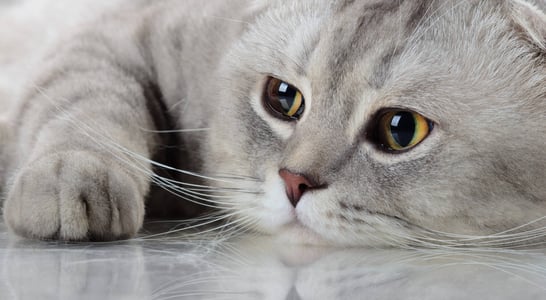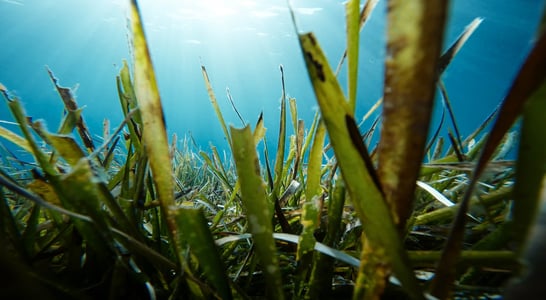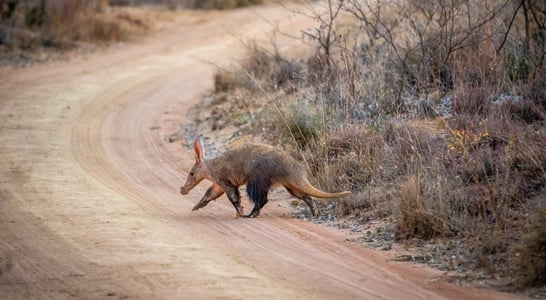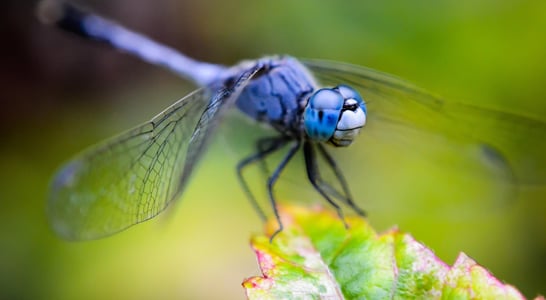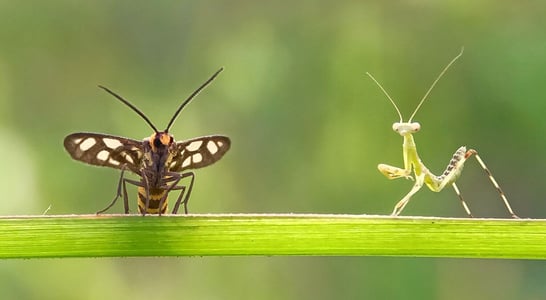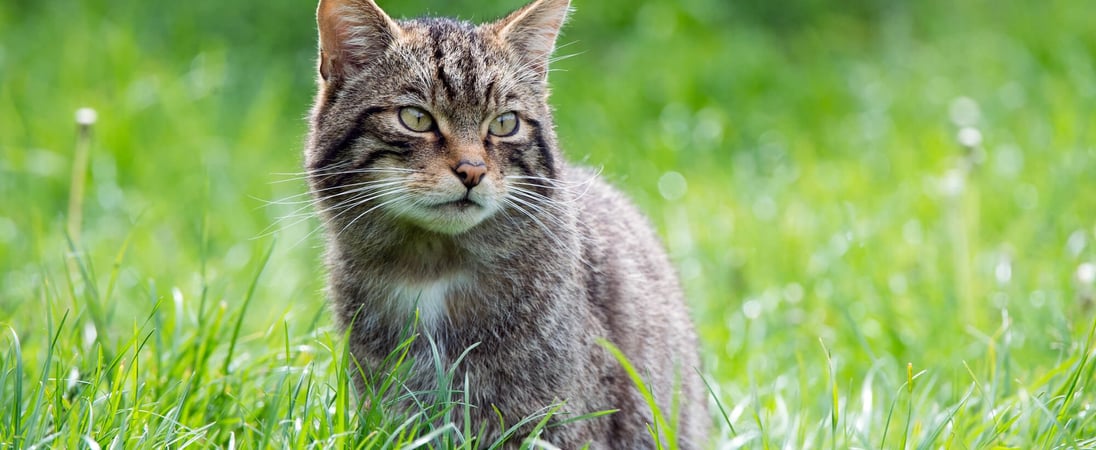
Scottish Wildcat Day
Join the movement fighting to protect the critically endangered Scottish Wildcat. Vaccinate your own cats to help reduce their risk of preventable diseases.
Did you know there’s a special day dedicated to one of Scotland’s most elusive and majestic animals? Yes, we’re talking about the Scottish wildcat, often hailed as the Highland tiger.
This fierce and independent creature is celebrated on Scottish Wildcat Day every August 8th. It’s a day buzzing with action aimed at shining a spotlight on these fascinating felines that are teetering on the brink of extinction.
Scottish Wildcat Day isn’t just about paying tribute; it’s a crucial call to action. With estimates suggesting less than 100 wildcats remain in the wild, the situation is dire.
These cats face numerous threats, from habitat loss and persecution to the risk of hybridization with domestic cats. This day encourages us to protect what’s left of their natural environment and supports breeding programs designed to boost their numbers.
Why all the fuss, you might wonder? Well, the Scottish wildcat is more than just a pretty face. It plays a vital role as a top predator in the ecosystem, maintaining a healthy balance within its habitat. Their survival is crucial for environmental reasons and as a symbol of Scottish wildlife heritage.
By supporting conservation efforts, we’re ensuring future generations might still have the chance to witness these magnificent animals in the wild. Education, responsible pet ownership, and habitat restoration are just a few ways we can all chip in.
So, as Scottish Wildcat Day rolls around, let’s remember it’s more than a date on the calendar. It’s a reminder of our collective responsibility to safeguard these remarkable creatures and the wild spaces they call home.
How to Celebrate Scottish Wildcat Day
Get Crafty with a Cause
Unleash your inner artist by crafting wildcat-themed art. Let the wildcat inspire you, Whether sketching, painting, or sculpting.
Share your creations online to spread awareness. It’s a fun way to get the word out and engage with others who are passionate about wildlife conservation.
Host a Wildcat Watch Party
Gather your friends for a documentary night featuring the Scottish wildcat. There are a wealth of nature documentaries out there that highlight the beauty of Scotland’s wilderness and its elusive feline inhabitants.
It’s both an educational and entertaining way to spend the evening. Plus, it sparks conversation about the importance of protecting these magnificent creatures.
Embark on a Virtual Safari
Explore the highlands from the comfort of your home through online resources and virtual tours that feature the Scottish wildcat’s natural habitat.
Many wildlife organizations and national parks offer informative and immersive virtual experiences. These are great ways to travel virtually and learn about different species, including the Scottish wildcat.
Support Through Shopping
Many conservation organizations sell merchandise, with proceeds going towards wildcat conservation efforts.
Purchasing items like T-shirts and tote bags is a stylish way to contribute to the cause. Plus, they make great conversation starters, allowing you to spread the word about Scottish Wildcat Day wherever you go.
Each suggestion offers a unique way to celebrate Scottish Wildcat Day while contributing to conserving one of Britain’s most endangered mammals. By engaging in these activities, we can all help ensure the survival of the Scottish wildcat for generations to come.
History of Scottish Wildcat Day
Scottish Wildcat Day, observed on August 8th each year, is a special day dedicated to raising awareness about the critically endangered Scottish wildcat.
This day aims to draw attention to the plight of this iconic species and highlight its challenges, such as habitat loss, hunting, diseases spread by domestic cats, and especially hybridization with domestic cats.
The history of the Scottish wildcat is both fascinating and tragic. By the 1800s, the wildcat population had drastically reduced, confined to northern England, Wales, and Scotland, with Scotland being its last stronghold by 1880.
The decline was accelerated by habitat loss due to deforestation and persecution for their fur and by establishing sporting estates where wildcats were killed as part of game bird predator control.
Although the origins of Scottish Wildcat Day are not well-documented, the day has become an important occasion for conservation efforts.
It encourages actions such as protecting wildcats, creating awareness about their extinction risk, and supporting conservation organizations through donations. People are also encouraged to make their pet cats “Supercats” by vaccinating, neutering, and micro-chipping them to prevent disease transmission and hybridization with wildcats.
Despite these efforts, the Scottish wildcat remains one of Britain’s most endangered mammals. Conservation initiatives, including breeding programs and habitat restoration, protect this species and its environment.
Scottish Wildcat Day serves as a reminder of our responsibility to safeguard these magnificent creatures and their place in the natural world.
Scottish Wildcat Day FAQs
Why is the Scottish wildcat often called the “Highland Tiger”?
The nickname “Highland Tiger” highlights its role as Scotland’s apex predator and its elusive, fierce nature.
Despite being smaller than true tigers, its solitary hunting style and untamed spirit have earned this comparison. This title has also been used to bring attention to its critical conservation status.
Did ancient Scottish folklore include tales of the wildcat’s cunning?
Yes, wildcats were often portrayed as clever and resourceful in Scottish folklore.
Stories describe them as outsmarting hunters and protecting their dens with unmatched stealth. These tales contributed to their reputation as symbols of independence and survival.
What role did the wildcat play in Scottish heraldry?
The wildcat appeared on the crests of various clans, symbolizing bravery and a fierce defense of one’s territory.
Clan Chattan famously used it as an emblem, and the phrase “wildcat courage” became associated with members of the clan who displayed fearless determination.
Are there any unique sounds or calls made by the Scottish wildcat?
Scottish wildcats communicate with an array of hisses, growls, and yowls, distinct from those of domestic cats.
They rarely meow, as they use more aggressive sounds to defend territory or warn off rivals. These vocalizations are well-suited for their solitary lifestyle in the wild.
What adaptations make the Scottish wildcat a superior hunter?
Scottish wildcats have excellent night vision and sharp hearing, enabling them to locate prey in low light.
Their powerful jaws and sharp claws allow them to hunt larger prey like rabbits. Unlike domestic cats, they rely heavily on stealth and patience, often stalking for extended periods before attacking.
What challenges does winter pose for the Scottish wildcat?
Winter can be tough for wildcats, as their primary prey, like rabbits and voles, becomes scarcer.
However, their thick coats and resilience help them endure cold Highland conditions. They also adjust by expanding their territories to find food during harsher months.
Are there any places outside Scotland trying to preserve wildcats?
Efforts to conserve the Scottish wildcat have spread to zoos and breeding centers across Europe.
In Germany and the Netherlands, wildlife organizations have collaborated to exchange knowledge and support captive breeding programs aimed at reintroducing wildcats into their native habitat.
Why do some believe the wildcat could become Scotland’s new national animal?
With its cultural significance and precarious conservation status, many see the wildcat as a strong candidate for Scotland’s national animal. Advocates suggest it represents resilience and embodies the spirit of the untamed Highlands more than existing symbols like the unicorn.
How has hybridization with domestic cats changed wildcat behavior?
Hybridization has introduced behaviors not typical of pure wildcats. Some hybrids show a greater tolerance for humans or display more docile traits.
This blending of behaviors poses challenges for conservationists trying to maintain the wildcat’s natural instincts.
What is the rarest sighting involving a Scottish wildcat?
One of the rarest sightings is a mother wildcat with her kittens, as these elusive creatures typically avoid human presence.
Wildlife photographers and conservationists treasure these moments, which offer insight into the species’ social dynamics and maternal behavior.
Also on ...
View all holidaysNational Pickleball Day
A sport born from a blend of tradition and innovation, embodying camaraderie and spirited competition, captivating players of all ages.
International Cat Day
Pamper your furry feline friends on International Cat Day, visit big cats at the zoo, or consider taking the plunge and adopting one of these wonderful creatures.
National CBD Day
Harnessing nature's botanical wonders, CBD offers holistic relief, promoting wellness and vitality through its natural properties.
National Happiness Happens Day
Life feels like a warm summer day when you're filled with joy, surrounded by loved ones, and living your dreams.
We think you may also like...
National Dragonfly Day
These ethereal creatures, with their shimmering wings and graceful flight, add a touch of magic to the world.

